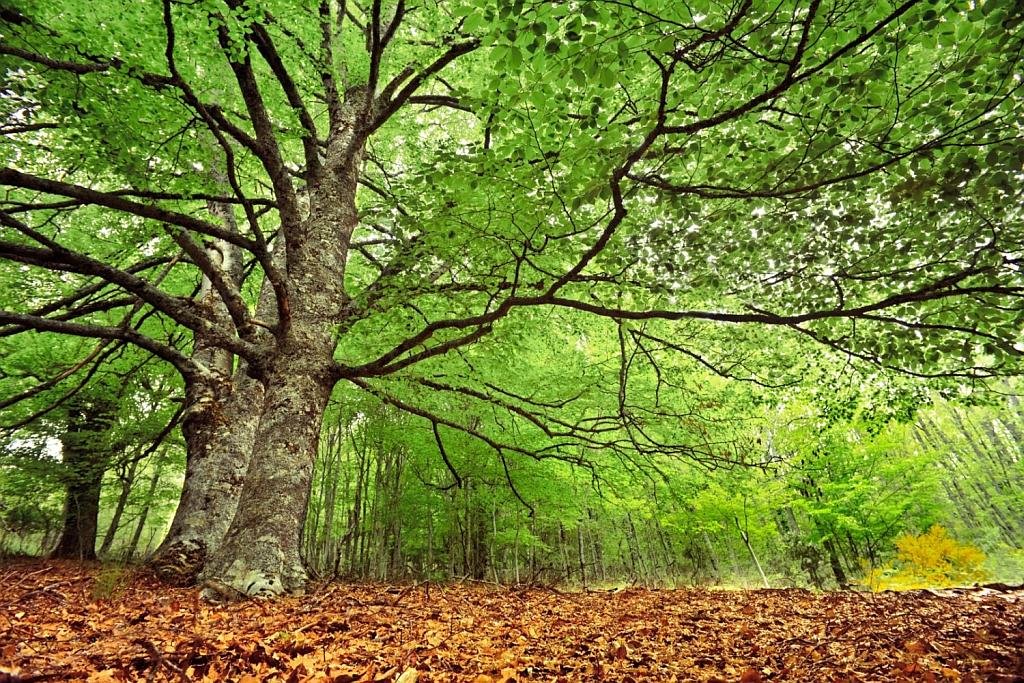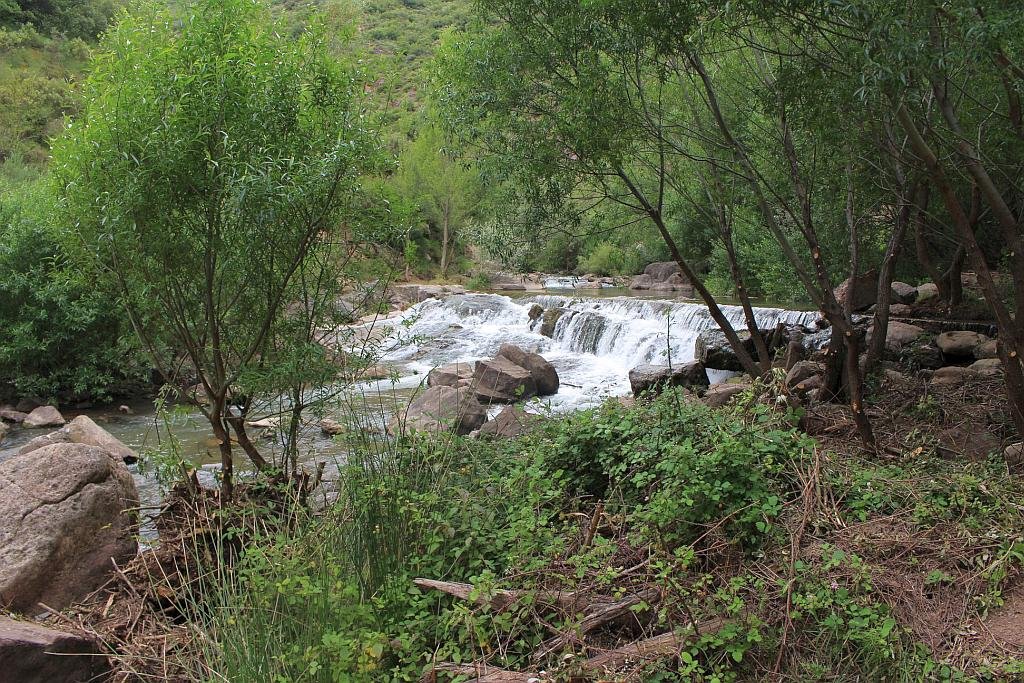The concept of Biosphere Reserves, as recognized by UNESCO since 1974, represents a significant milestone in humanity’s commitment to fostering harmony between people and the natural world. In this article, we will delve into the essence of Biosphere Reserves, understanding their pivotal role as “learning places for sustainable development.”
I’ve been living in this lovely area of Western Andalucia for the last 20 years or so and dedicate most of my time to the running of English language tourist information websites for the towns of Cádiz, Ronda, Grazalema, the famous or infamous Caminito del Rey, and also Wildside Holidays, which promotes sustainable and eco-friendly businesses running wildlife and walking holidays in Spain. My articles contain affiliate links that will help you reserve a hotel, bus, train or activity in the area. You don’t pay more, but by using them you do support this website. Thankyou!



